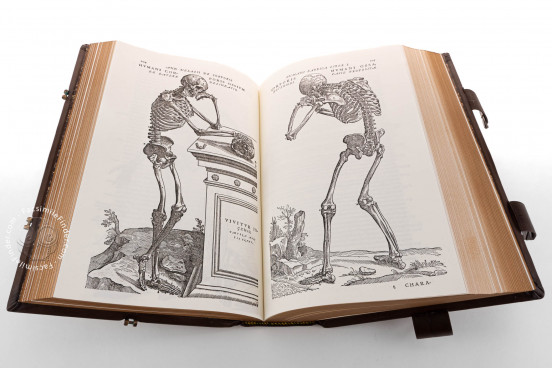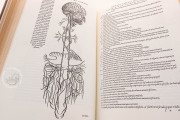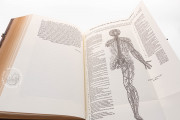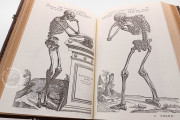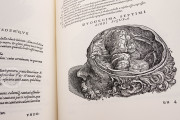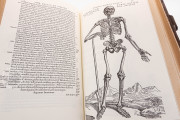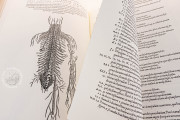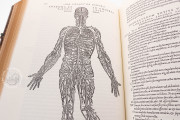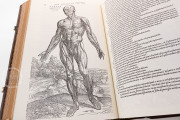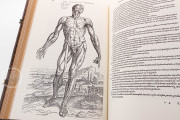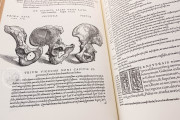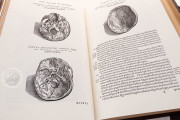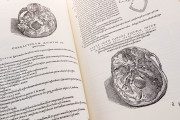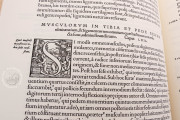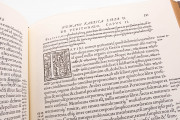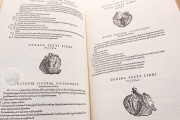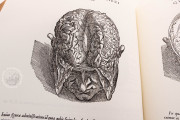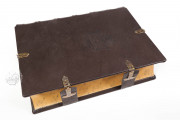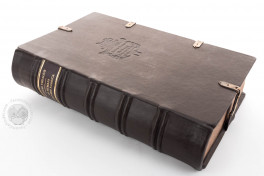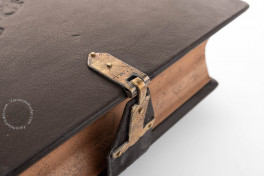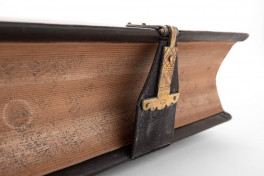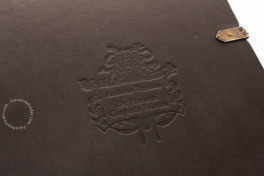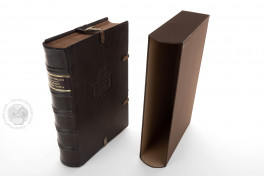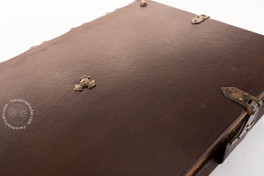In the De Humani Corporis Fabrica, Andreas Vesalius (1514-1564), the most famous anatomist of the Renaissance, described the human body with an unprecedented level of detail. Partly inspired by Leonardo, Vesalius based his explanations on his experience and dissections.
The book contains descriptions and illustrations of the structure, functions, and pathologies of the human body, with its various parts named in Latin, Greek, and Hebrew. The author also included in his work the opinions of other anatomists.
Its illustrations - more than 250 - are all of great artistic merit and are generally attributed by modern scholars to the “studio of Titian”, and especially to his former apprentice Jan Stephan van Calcar.
They portray the human body in its progressive stages of dissection, set before a landscape, and posed following the Renaissance taste for Classical sculpture. In one plate, for example, a skeleton rests its elbow on a tomb with its skull bent in contemplation of death.
The woodcuts were greatly superior to the illustrations of the anatomical atlases of that period, which were never made by anatomy professors themselves.
Vesalius’ works are based on his lectures at the University of Padua, during which he dissected corpses to illustrate what he was discussing. Dissections were previously made by a barber-surgeon under the direction of a doctor of medicine, who was expected not to perform any manual labor.
We have 2 facsimiles of the manuscript "London On the Fabric of the Human Body":
- Andreas Vesalius: De Humani Corporis Fabrica facsimile edition published by Pytheas Books, 2020
- Andreas Vesalius: De Humani Corporis Fabrica facsimile edition published by Pytheas Books, 2004

